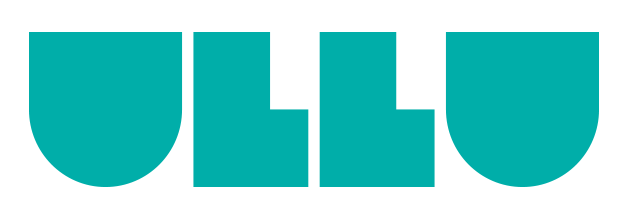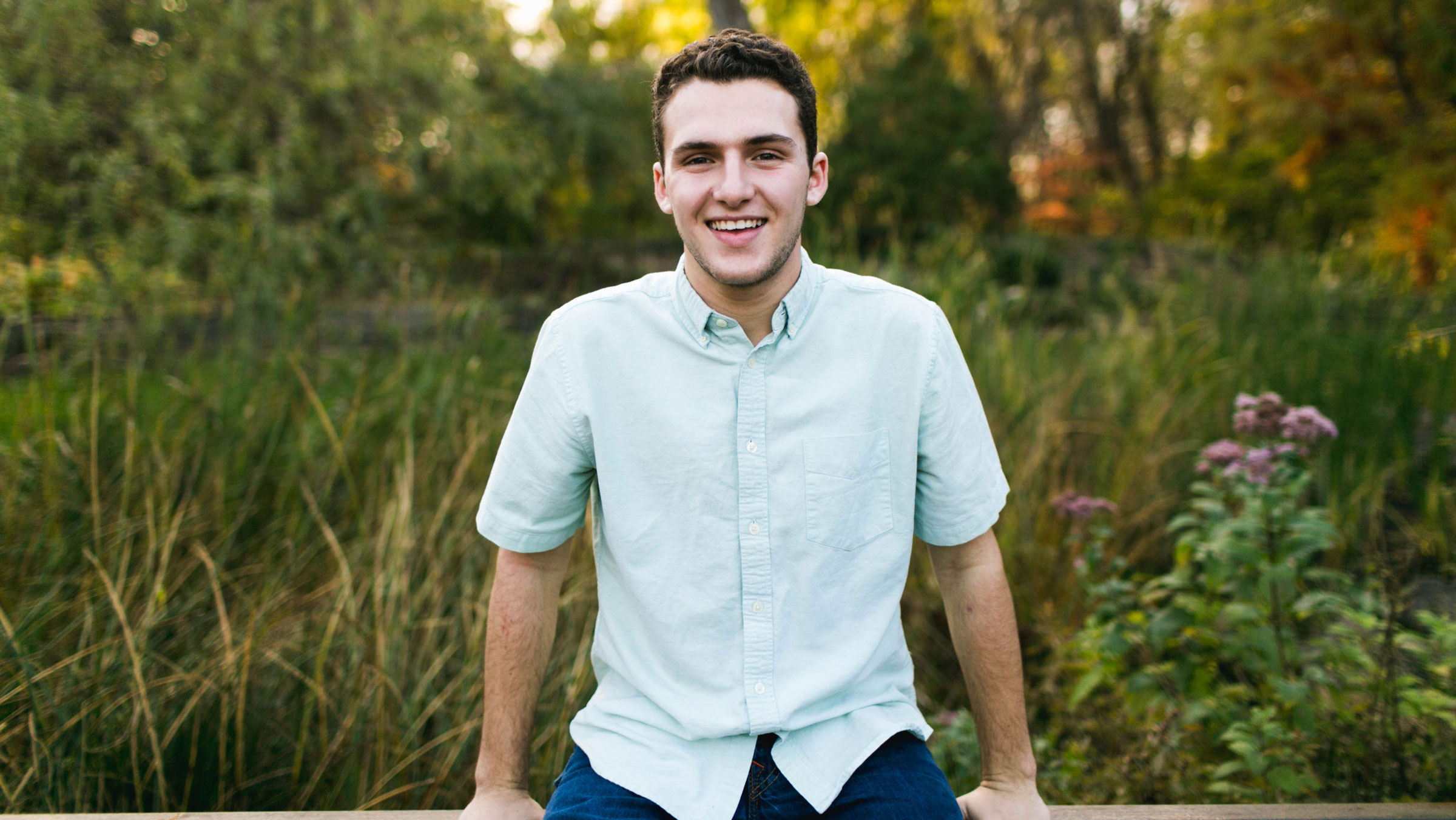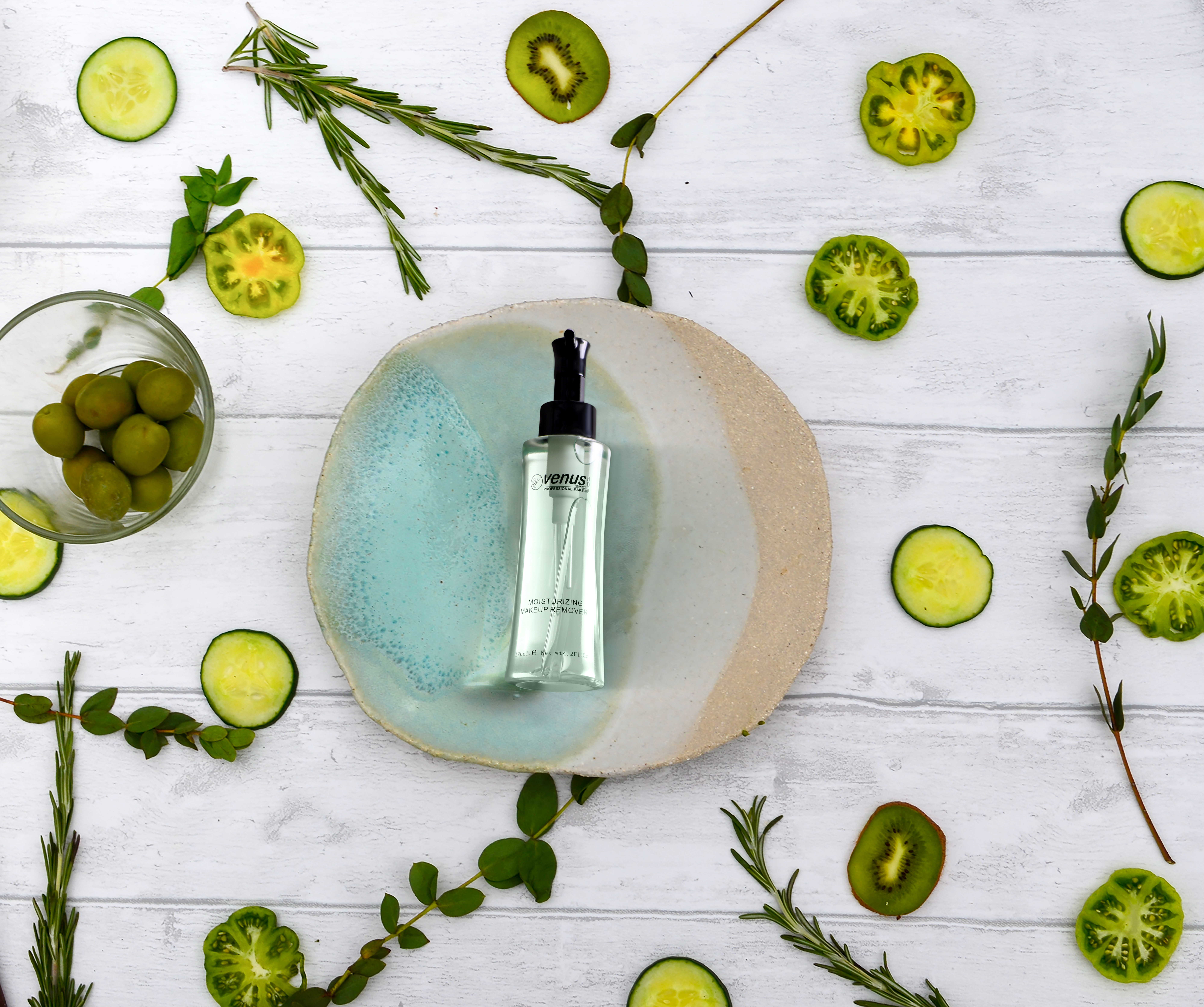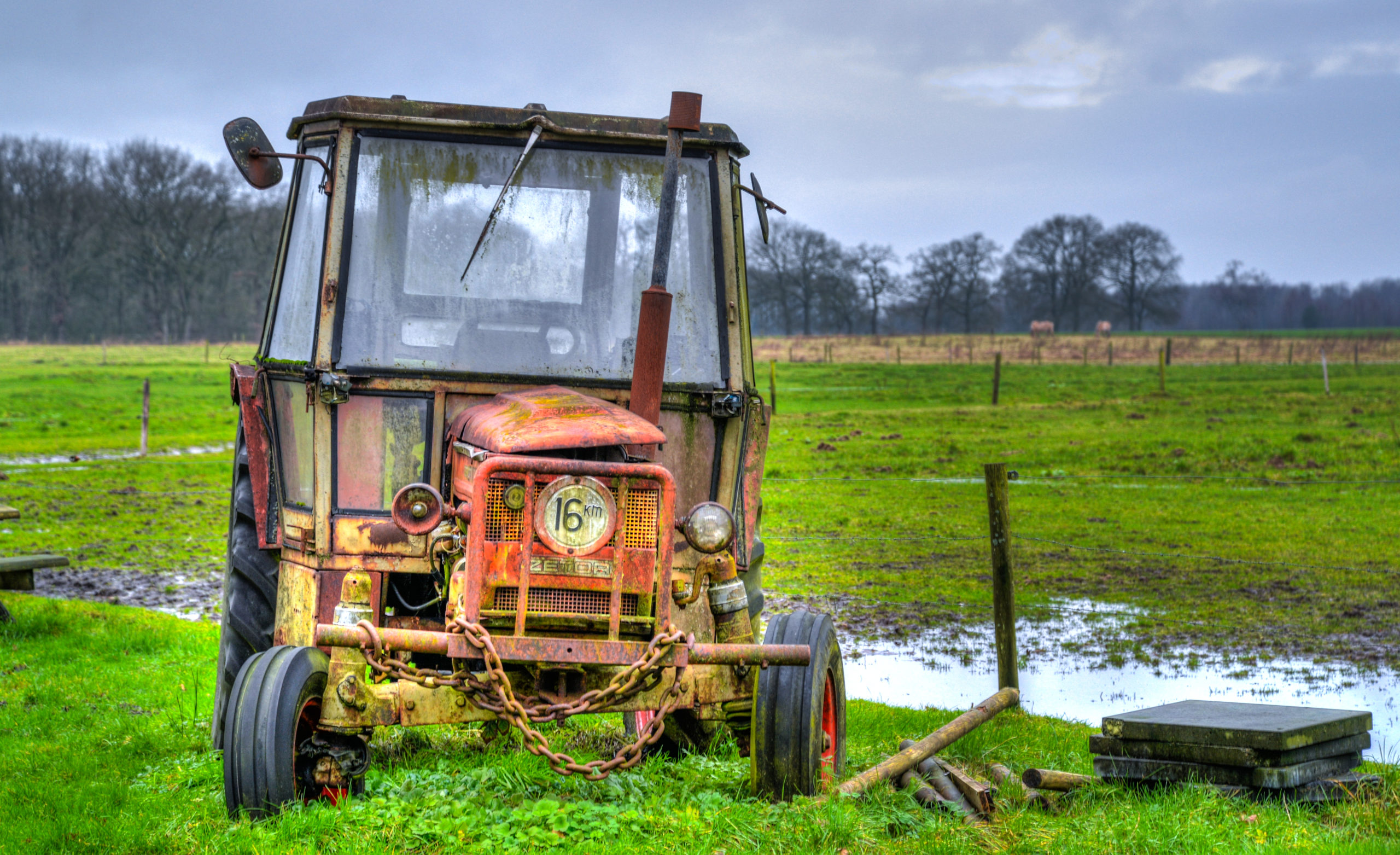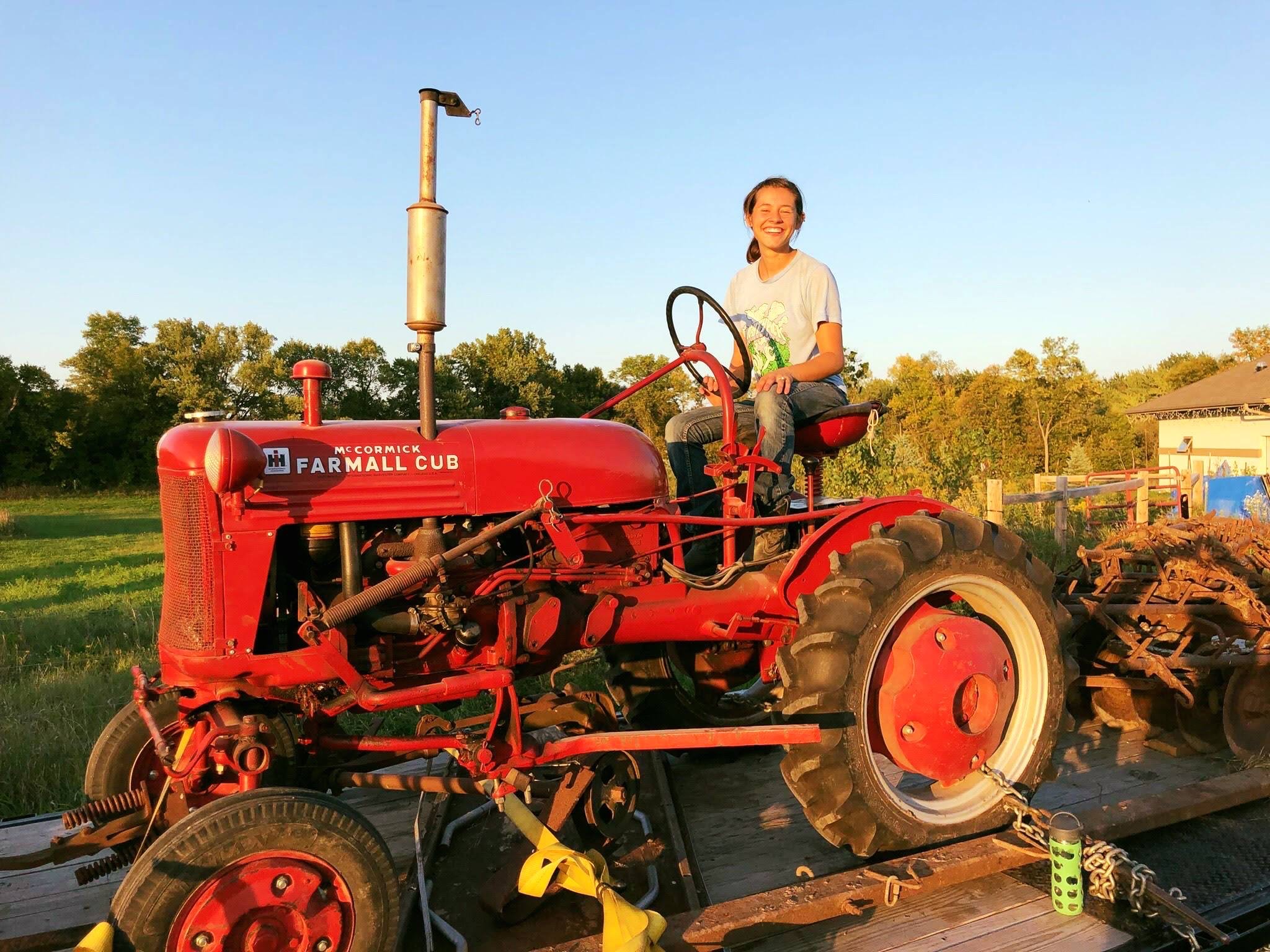University of Minnesota student, Josh Solomon, is pursuing his passion for climate science
I’ve always had a passion for hockey and the outdoors. And, in a way, you could say those passions led me to study environmental science, policy, and management at the University of Minnesota.
See, I was a hockey player back in my Edina High School days, and, when I graduated, I just didn’t feel ready for college. I wanted to take a year off. I wanted to continue playing hockey. So, I went to Canada, spent a lot of time on the ice, and traveled all across the Pacific Northwest.
It was a once-in-a-lifetime experience.
Not only was I playing the sport I loved, but I was also living in Banff National Park. Nested in this absolutely breathtaking place, my tiny apartment enabled me to explore the natural world right outside my doorstep. I hiked every day. I made my way out to the backcountry. And, I left feeling changed—motivated to protect wild spaces.
Fast-forward a few years, and I jumped at the opportunity to attend an ULLU presentation with my parents. There, I listened as people were speaking my language. I could see a massive opportunity to do something meaningful for the climate solution.
That’s why I decided to become an ULLU ambassador.
My climate change-lightbulb moment
My experience in Banff opened my eyes to what’s at stake if we don’t solve the climate challenge. That time stirred a sense of discomfort when I looked around at that spectacular place and considered what I simultaneously saw in the news.
But, it was watching a climate change documentary with my brother when the connection between what I knew and what I felt I had to do came into greater focus.
The film, Chasing Ice, highlights research conducted by scientist and photographer, Dr. James Balog, who captured the consequences of the climate challenge in a captivating way. What I found particularly unique about his research was that he juxtaposed photographs of blackening, deteriorating glacial ice to illustrate the climate change story.
That just jumped out at me. It was during that movie that I remember thinking, ‘Wow, this is amazing—and there’s a lot to be done.’
That film is what ultimately motivated me to become a climate scientist.
Pursuing a future in climate science
People that read this story might be surprised to discover that, despite my experience in Banff, I didn’t come to the University of Minnesota to study environmental sciences.
My grandfather was a highly respected race car mechanic and a constant presence on the Pan-American racing scene. He was also a huge influence on me. Because of him, I’ve always had a passion for cars and the auto industry—I also love to create things, to build things, just like he did.
So, when I began my academic career, I had plans to study mechanical engineering. Shortly after I got started, though, I realized it wasn’t for me—I didn’t feel fulfilled.
When I sat down with career advisors at the university, they helped me shift my focus from what I wanted to study—to what I wanted to do. I remembered that documentary—Chasing Ice—and how the science had been translated in a compelling, accessible way. I wanted to do the very same thing.
I love science. I love getting outside. I love seeing beautiful things. But I knew I didn’t just want to record the data—I want to do something to influence people with that data—to help them feel as passionately as I do about protecting nature, and to recognize how important it is to tackle the challenge now.
Trying to live my climate values
I’m not perfect. I love my things. I love being a consumer in this world. If I was going to live my message, would I be driving a high-performance Volkswagen? No.
It’s something I struggle with, because it’s like, “Where do I give up what I love to benefit society?”
I think I’m figuring that out every day. I’m trying to understand that. I’m trying to strike that balance between what’s really important to me and what’s not—and what I can give up to decrease my ecological footprint.
And, I think that’s important for everyone to remember. You don’t have to be perfect—you just have to start. I’m definitely making strides.
I recycle my clothing a lot. I used to throw things away, but now I donate everything I don’t keep. I also shop at thrift stores and secondhand clothing centers—or find things I need through apps, like Poshmark and Grailed. In fact, I rarely buy a brand-new piece of clothing anymore. Instead, I’m part of the recycling process.
I’ve also been working on minimizing what I need. I like to go through my things—not just a spring cleanup, but every month—and find ways to recycle or give away what I don’t use.
I’ve even tried to remove plastics from my life—I store everything in glass containers—and I now shop at the farmer’s market every week.
All of these solutions not only benefit the environment, but they’re easy, and they save me money, too. It just makes sense. These things aren’t radical changes that require me to spend more time or money. In fact, most of them help me improve my standard of living at the very same time.
Seizing opportunities to lead on climate
While there’s a lot I’d like to do to benefit the climate in my future career, I know I can lead on climate right now—I don’t need my degree to get started.
Today, I’m not only a member of the University of Minnesota’s undergraduate student board, but I’m also an elected officer of the Environmental Student Association. We’re actively engaged in climate work. We supported the climate strike, we bring in climate speakers, and we get together to do other environmental work, too—like cleaning up trash.
So, when I attended the ULLU presentation and spoke with the campaign team, I saw the potential for me to facilitate connections not only with these two groups but the entire university—to influence others and help create change across our campus community.
I’m excited to begin.
Want to strike up a conversation with Josh? Connect with him on Instagram, Twitter, or Facebook!
